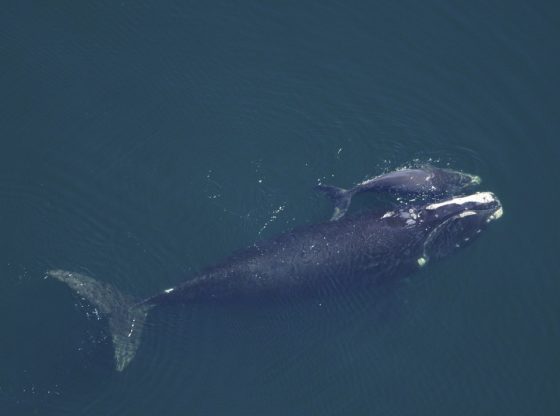The question why there is such a large variation in leaf size among the world’s plants has received an explanation.

The size of leaves tends to increase the closer you get to the equator. A study by an international research team shows that the temperature at night has a big role.
They show that the nighttime temperature can explain just over half of the variation on a global scale and is a greater factor than the daytime temperature.
Although larger leaves are preferable for plants due to increased light exposure, the advantages of increasing size are inversely related to the disadvantages of size. Namely, it is an advantage with smaller leaves the further from the equator. The reason is that small leaves are less sensitive to chilly nights.
Large-leaved species predominate in wet, hot, sunny environments; small-leaved species typify hot, sunny environments only in arid conditions; small leaves are also found in high latitudes and elevations. By modeling the balance of leaf energy inputs and outputs, we show that daytime and nighttime leaf-to-air temperature differences are key to geographic gradients in leaf size.
This may sound quite obvious. But this is the first study to compile plant data from all over the world.
Reference:
Ian J. Wright et al. Global climatic drivers of leaf size. Science August 31, 2017. DOI: 10.1126 / science.aal4760











![OpenAI. (2025). ChatGPT [Large language model]. https://chatgpt.com](https://www.illustratedcuriosity.com/files/media/55136/b1b0b614-5b72-486c-901d-ff244549d67a-350x260.webp)
![OpenAI. (2025). ChatGPT [Large language model]. https://chatgpt.com](https://www.illustratedcuriosity.com/files/media/55124/79bc18fa-f616-4951-856f-cc724ad5d497-350x260.webp)
![OpenAI. (2025). ChatGPT [Large language model]. https://chatgpt.com](https://www.illustratedcuriosity.com/files/media/55099/2638a982-b4de-4913-8a1c-1479df352bf3-350x260.webp)








